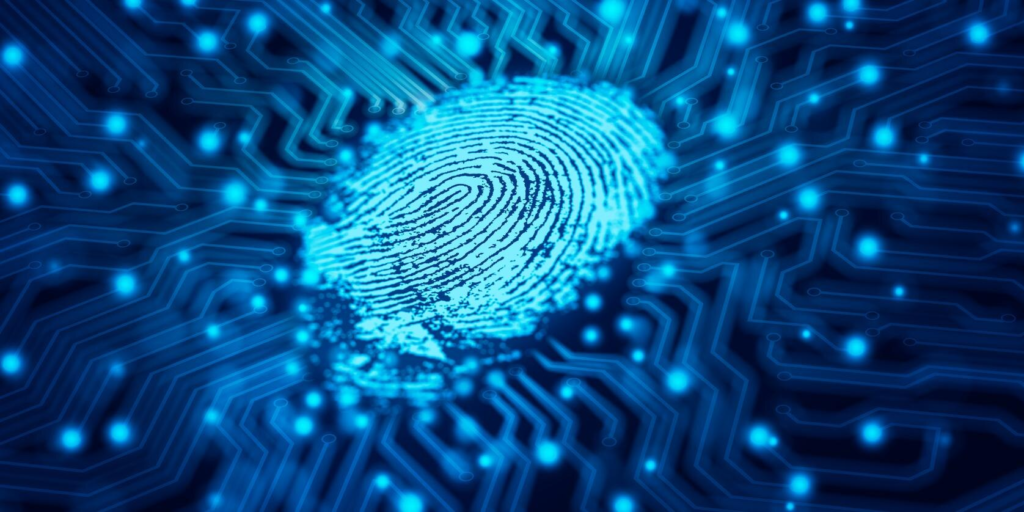At Diverge, we love when old technology finds new life in groundbreaking applications. We’re diving into forensic science to explore how Green Fluorescent Protein (GFP), which makes jellyfish glow, has inspired a new method for fingerprint detection.
The existing methods of fingerprint detection technology come with a few challenges.
1) Fingerprint visualization tools are bulky and not easily portable,
2) Chemicals used are toxic and can cause respiratory problems,
and 3) cannot preserve the integrity of DNA in the fingerprint samples.
The newest method leverages the properties of GFP chromophores. Essentially, these positively-charged chromophores absorb energy from the negatively-charged organic molecules such as amino acids, fatty acids and lipids trapped in the sweat and oils between the fingerprints. The chromophore fluoresces after absorbing this energy, and the emitted fluorescence signal is then visualized using imaging systems, enabling the detection of otherwise invisible fingerprints with high sensitivity and specificity.
The best part? This chromophore is completely water-soluble, rendering it non-toxic and easy to use as a spray. Furthermore, fluorescence can be easily captured with smartphones, making this technology easy to carry to crime scenes. The chromophore is also not harmful to the DNA trapped within the fingerprint, making it easier to extract for further forensic analysis.
Thus, just as GFP technology transformed the field of cell biology by enabling the visualization of fine, microscopic details of cells, a related technology is ready to take over forensic science. Who knew that one day jellyfish could lead us to justice?







